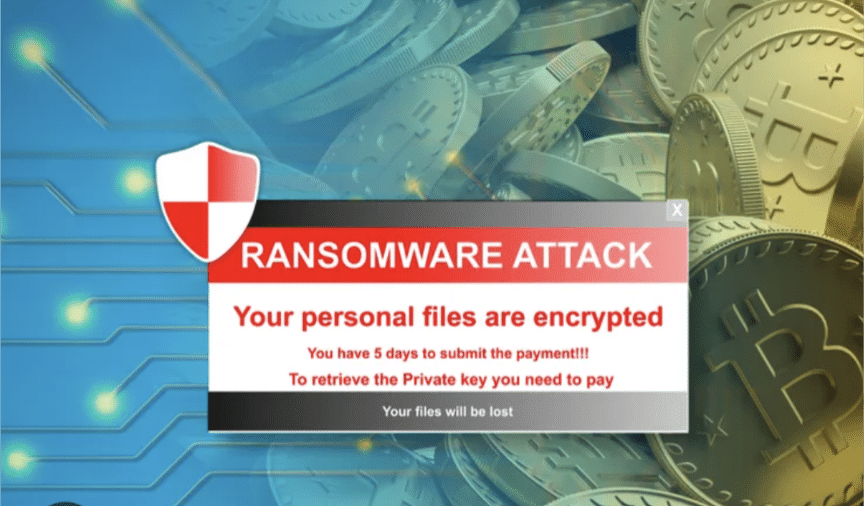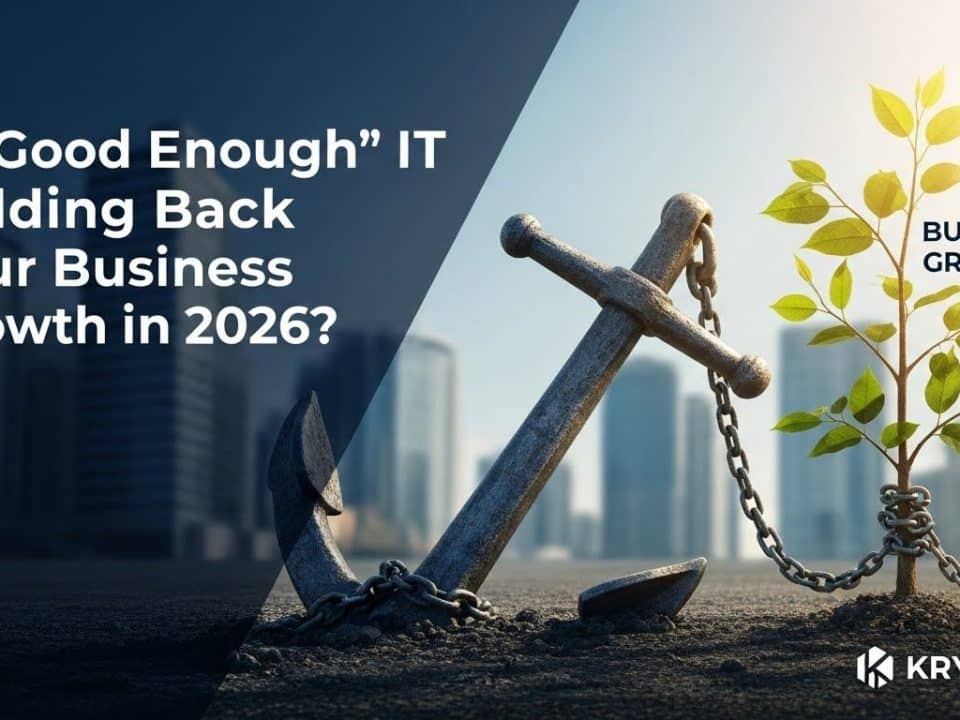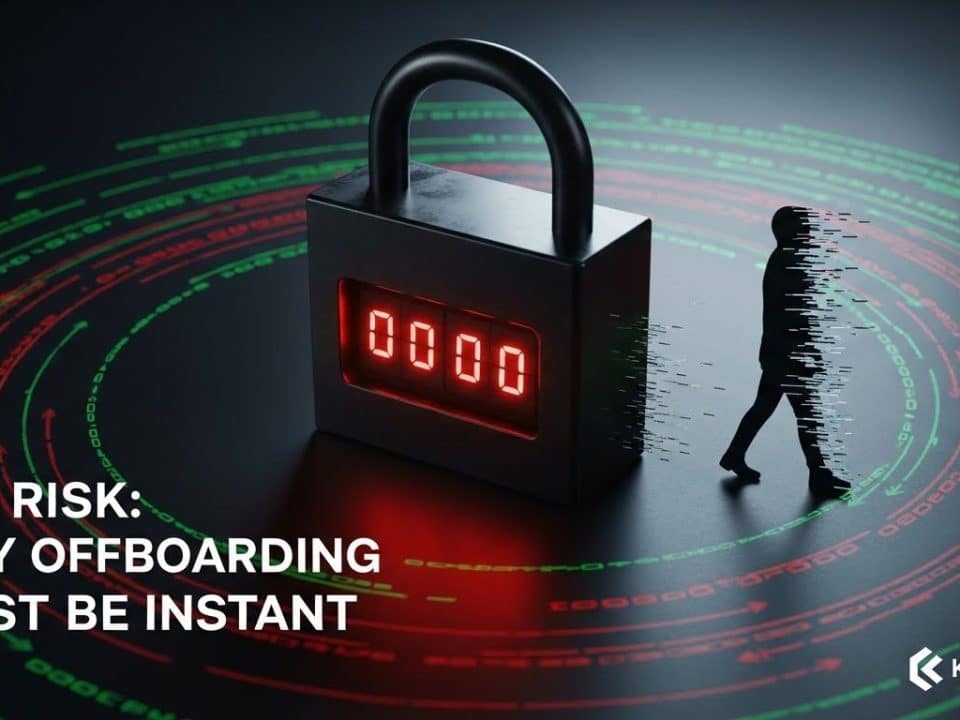
Vulnerability Management: Safeguarding Your Digital Landscape
November 11, 2023
Bridging the Human Gap: Implementing Effective Human Risk Management for Robust Cybersecurity
November 13, 2023In the ever-evolving landscape of cybersecurity threats, ransomware attacks have emerged as a formidable force, holding businesses and organizations hostage by encrypting their data and demanding hefty ransoms in exchange for decryption keys. The temptation to pay the ransom and regain access to critical data can be overwhelming, but succumbing to this demand is a costly mistake that rarely yields the desired outcome.
The recent incident involving Dolly.com, an on-demand moving and delivery platform, serves as a stark reminder of the futility of paying ransoms. Despite reportedly paying a significant sum to the attackers, Dolly.com ultimately had its stolen customer data released anyway. This incident highlights the inherent untrustworthiness of ransomware operators, who are driven by financial gain and have no qualms about reneging on their promises.
Here are several compelling reasons why you should never pay the ransom after a ransomware attack:
1. Encourages Criminal Behavior
Paying ransoms only emboldens ransomware operators and fuels their activities. By demonstrating that paying ransoms is an effective way to extort money, you are inadvertently contributing to the growth of this cybercrime industry.
2. No Guarantee of Data Recovery
Even if you decide to pay the ransom, there is no guarantee that you will receive the decryption keys or that your data will be fully restored. Ransomware operators are notorious for breaking promises and leaving victims without access to their data.
3. Funds Future Attacks
Your payment could be used to finance future attacks against other businesses and organizations. By paying, you are essentially arming the enemy and putting others at risk.
4. Undermines Cybersecurity Investments
Paying ransoms sends a dangerous message that your organization is willing to pay up instead of investing in proper cybersecurity measures. This lack of investment can leave your organization vulnerable to future attacks.
5. Legal and Compliance Implications
Depending on your industry and location, paying a ransom may violate certain laws or regulations. It’s crucial to consult with legal and compliance experts to understand the potential implications.
Alternative Strategies to Ransomware Attacks
Instead of succumbing to the demands of ransomware operators, there are more effective strategies to address ransomware attacks:
1. Proactive Cybersecurity Measures
Invest in robust cybersecurity solutions, including firewalls, intrusion detection systems, and data encryption, to prevent ransomware in the first place.
2. Regular Data Backups
Regularly back up your data to an offsite location or cloud service. This ensures that you have a copy of your data in case of a ransomware attack, allowing you to restore it without paying the ransom.
3. Employee Cybersecurity Awareness Training
Educate your employees about ransomware threats and how to identify and report suspicious activities. This can help prevent ransomware infections in the first place.
4. Incident Response Plan
Have a comprehensive incident response plan in place to effectively handle ransomware attacks. This plan should include steps for containment, eradication, and recovery.
5. Law Enforcement Reporting
Report ransomware attacks to law enforcement agencies. This helps them track ransomware operators and bring them to justice.
In conclusion, paying ransoms is a self-defeating strategy that only encourages criminal behavior and undermines cybersecurity efforts. Instead, focus on preventive measures, data backups, employee training, incident response plans, and law enforcement collaboration to effectively combat ransomware attacks and protect your organization’s data and reputation.
#ransomware #cybersecurity #datasecurity #neverpaytheransom #Dollycom




